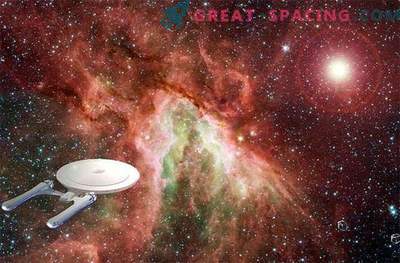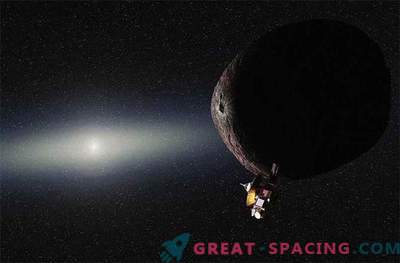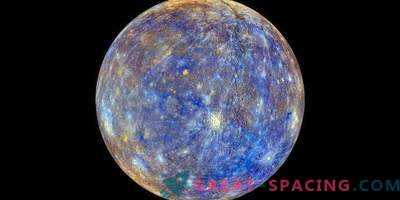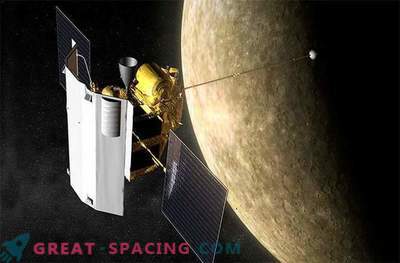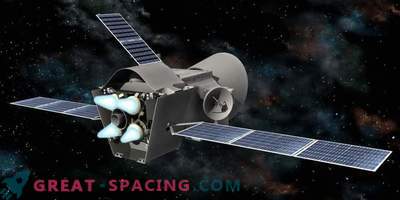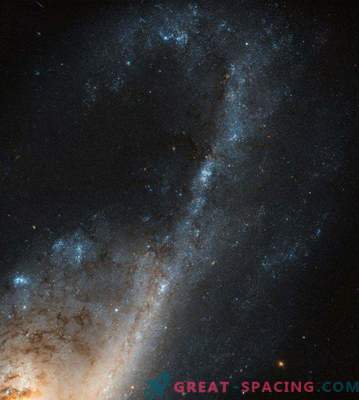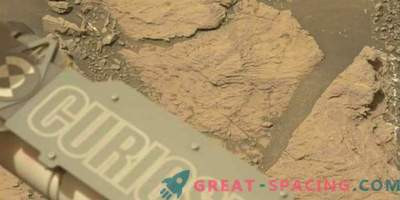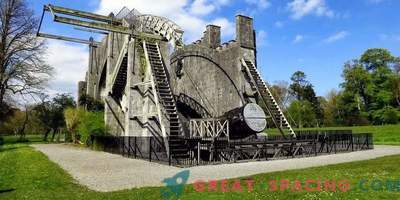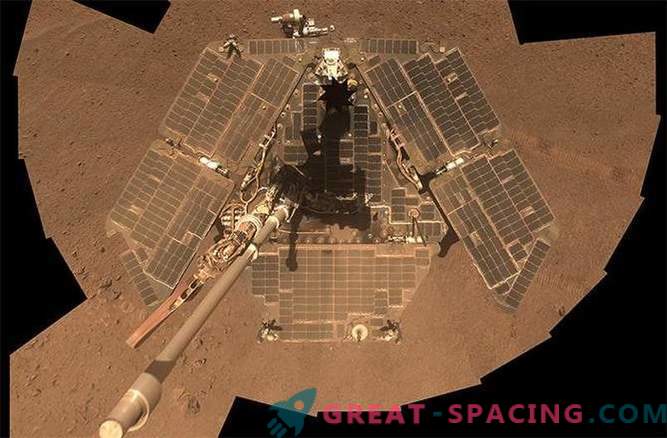
There are many spacecraft plying the solar system, and some of them function much longer than they were and continue to send us valuable data: the Voyager-2 spacecraft, which left the limits of the solar system, the rovers on Mars, and even the New Horizons mission, who traveled over 9 years to their ultimate goal. But how can we save these space wanderers for a longer period? Portal V-kosmose.com will reveal some secrets.

Before the spacecraft is built, the engineers design the design in such a way that if the main component fails, the spacecraft itself can continue its work. The NASA Galileo mission, which was sent to Jupiter in 1990, had problems with the deployment of a high gain antenna, which was designed to transmit data to Earth. But thanks to a combination of data compression and a low gain antenna, the spacecraft could transmit data about the planet and its satellites for several years. Engineers took into account the mistakes of the past and therefore used the most advanced materials to develop more efficient isolation on the New Horizons spacecraft.

After six years on Mars, the Viking-1 rover completed its mission in 1982 due to a human error: someone sent the wrong command to the computer. This made it impossible to direct the antenna of the rover in the right direction. After this incident, the agency carefully checks all the commands using the software before sending them into space.
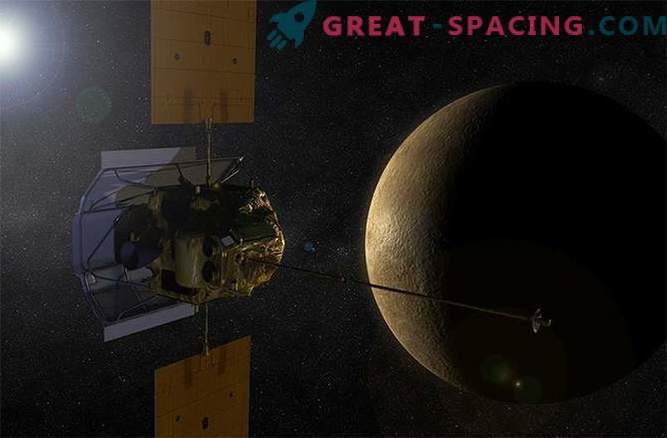
One of the key consumables aboard a spacecraft is fuel, but sometimes you can extend the mission a little. For example, the spacecraft Messenger on Mercury at the last stage of its mission used helium as a propellant, which until that moment had been used as compression hydrazine. Because of this, the mission lasted for several weeks longer in orbit, before the spacecraft crashed into the surface.
Mariner 10, who flew past Mercury in 1974, also experimented with using solar radiation pressure on the solar panels of a spacecraft to correct the trajectory.

Some long-lived missions, such as Voyager-1 and Voyager-2, which began their journey in 1997, require a change of personnel serving the spacecraft. Because of this, engineers who retire must pass along data on how the spacecraft works to future generations. This happened in 2014, when the ISSE-3 spacecraft, which had hibernated up to that point, was rescued. A group of scientists had to find engineers who worked on the mission in the 1970s and 1980s to ask for help in the experience of operating the ship.
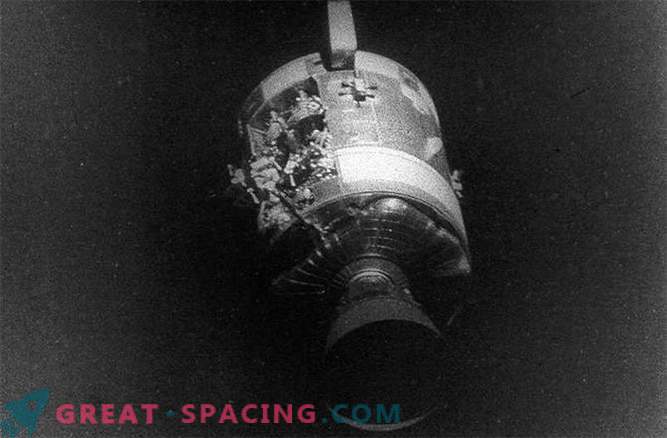
There are many examples of missions that have been used much longer than planned. Perhaps the best-known example is the Apollo 13 mission, when NASA used the lunar module as a lifeboat to save the lives of astronauts when the service module was damaged by an explosion.
More recently, NASA used the pressure of the Sun to save the Kepler spacecraft, which is currently continuing to search for exoplanets.
Sometimes we just get lucky. So, for example, occurs in a case with mars rovers. The mission has been going on for more than 11 years, partly because the wind blows dust from solar panels.
